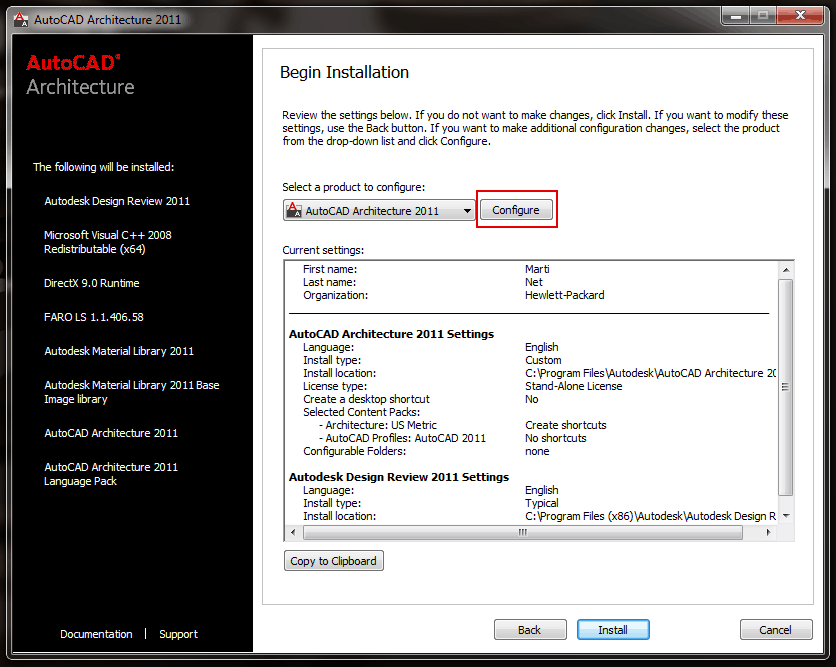

Having said that, there is a tesellate method (overloaded) that appears to provide stroking/explosing/tesellation capability.

Note that its methods are marked "for internal use only".

There is also the AcGiTextEngine class that might help. I could then capture the circle as a "stroked" polygon. That would cause the next level of "simplification" to happen and my "polygon" callback would called. In my project, if I did not want to get a "circle" for example, my implementation of the "circle" callback would be to simply call the base implementation (or I would not override that callback at all - I can't remember). Any element, when "rendered" would ultimately break down to one or more polylines. In DwgDirect, in the simplest case, I could implement only the "polyline" function. In essence, you would be implementing an object to captured the "vectorization" or "exploding" of the geometry (text in your case). In the way that I have used DwgDirect, you could override some of the callbacks, depending on how you want to receive the results. When the geometry "draws" itself into the "world draw" object, the various callback functions will be called. From what I can tell by briefly reading the ObjectArx docs, it seems that you might be able to implement your own AcGiWorldGeometry object and pass it to the worldDraw method of your text.ĪcGiGeometry specifies many what amount to callback functions. Have you tried using AcGiWorldGeometry and AcGiWorldDraw? I have not used ObjectArx, but I have used DwgDirect (now called Teigha for DWG - available from ), parts of which are supposed be sort of a clone of ObjectArx.


 0 kommentar(er)
0 kommentar(er)
